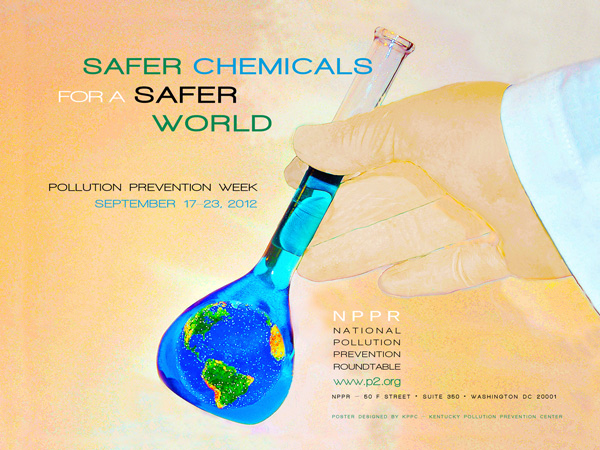Nandakishore Rajagopalan has been appointed the Illinois Pollution Prevention Scientist.
The new designation was established in August 2013 by the Illinois State Legislature to serve as the authoritative spokesperson on matters of pollution prevention fact and policy for the state.
The announcement of this appointment was made on Nov. 22 by Prairie Research Institute Executive Director Bill Shilts.
Rajagopalan is an Associate Director at the Illinois Sustainable Technology Center, a division of Prairie Research Institute, where he oversees the Applied Research on Industrial and Environmental Systems (ARIES) group. He has over 20 years of experience in plant operations, green process development, separation technologies, and pollution prevention research.
An active researcher, Rajagopalan holds three U.S. patents and has authored more than 30 peer reviewed journal articles. His research interests involve the integration of separations research to advance green process development with a special focus on membrane processes.
The Illinois Pollution Prevention Scientist also represents the state on national panels concerned with pollution prevention issues.
Shilts also appointed members of the Institute’s other divisions to serve as Illinois State Archeologist, Biologist, Climatologist, Entomologist, Geologist, and Hydrologist. It is another way in which the Institute marshals its expertise for the benefit of the state.
Nandakishore Rajagopalan




